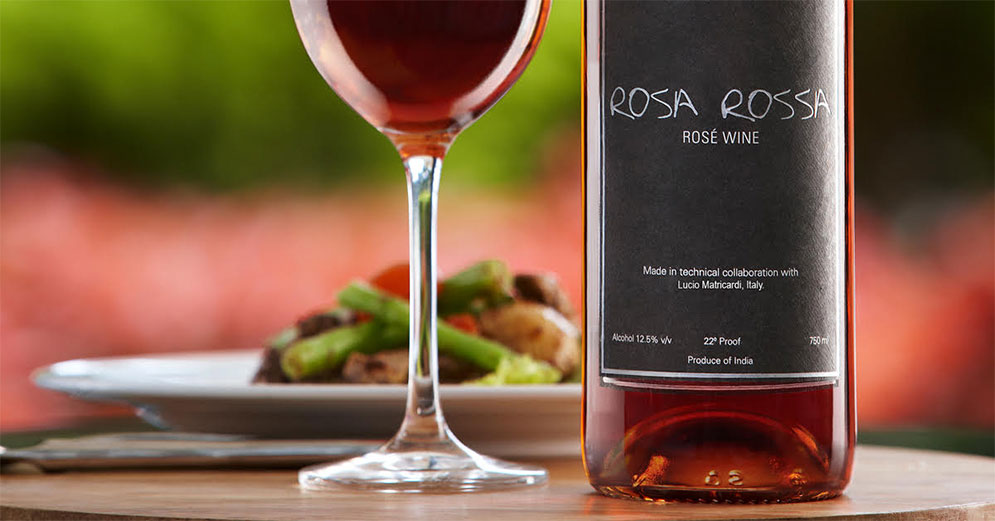
There’s something about the delightful pink of a rosé wine. It’s neither a red, nor a white, but an exquisite wine nonetheless. Have you ever wondered how the wine gets its shade of pink? Or even, how, there are so many shades to a rosé wine (for instance, Rosa Rossa, the rosé wine from Big Banyan is a deep shade of pink)? Read on and we’ll unravel the mysteries of the rosé for you.
Grape varietal
Any red wine grape.
The process
The colour of the wine comes from leaving the skin of the red wine grape in contact with the juice. But what’s unique to making this wine is that the skin is not left in contact throughout the process of fermentation. It is left only for two to twenty hours. The longer the contact period, the deeper the pink.
Place of origin
The origins of rosé wine aren’t very clear, but some believe that it was born around the same time as red wine. In fact, the early red wines were closer to the modern-day rosés.
Pronounced as
roh-zey
Where it’s grown
Almost all wine producing regions, globally, that cultivate the red wine grapes, including India.
Colour
The rosé comes in many shades of pink – from the pale pink hues of melons and peaches to deeper tones of grapefruit and mandarin.
Mouth feel
Light and fruity.
Flavour versatility
Rosés are extremely versatile. They vary from region to region, and also depend on the grape variety used to make the wine. They are light, fruity and easy to drink. They come as regular wines and sparkling wines. In fact, there are rosé champagnes too.
Big Banyan Rosa Rossa
The name of our wine is derived from the Italian word that means, ‘pink rose’. So very apt for the shade of our rosé! This wine has a fragrant burst of berries and cherries. It is light bodied with just the right acidity. And to finish it off, it is sublimely smooth.

